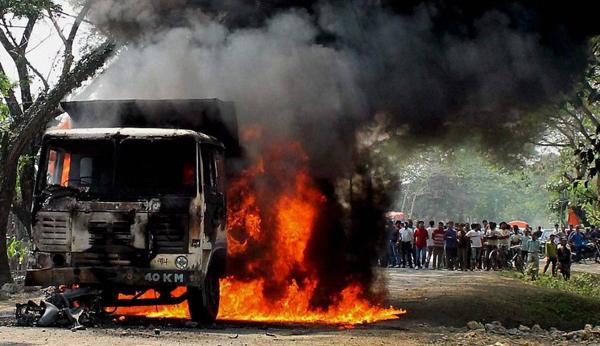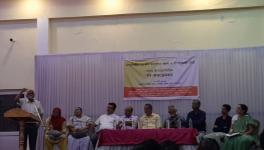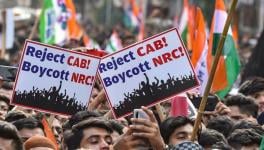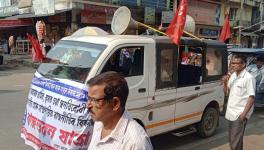Oil Tankers Attacked in Assam Near Arunachal Border

Image for representational use only
Nine oil tankers filled with crude oil were attacked and burnt by unidentified militants, on the evening of January 16. The tankers had been filled at Kharsang in Arunachal Pradesh at the camp operated jointly by Geo and Pro and Oil India Limited Duliajan. The consignment was on its way to the refinery at Digboi when it was attacked near Jagun in Assam. Though there were no casualties reported from the attack, the entire consignment and the tankers were destroyed. Following the attack, the Assam Police, Army and Assam Rifles arrived at the scene and began combing operations. According to IANS, the police suspect that the attack was carried out by the NSCN(K).
In November last year suspected NSCN(IM) cadres carried out an attack on the Tikok Colliery at Tinsukia in Assam. Vehicles and equipment were damaged, though the police viewed it as punitive action by the group for non-payment of extortion demands. However, in the present attack according to NELive, the officials at the Digboi refinery had not received any prior demands or warning from any group.
On January 5, the Assam Rifles busted a ULFA(I) ‘temporary camp’ along the Arunachal Pradesh-Assam Border. On January 8, the Assam Rifles and ULFA(I) exchanged fire along the same border in which two ULFA(I) militants were injured. Last year on January 26 Assam witnessed seven blasts though there were no injuries or fatalities.
Every year various militant groups in the Northeast give calls to boycott Republic Day and Independence Day. Bombs are placed, and grenades are hurled in a bid to make their presence felt on both January 26 and August 15. Therefore, it may be assumed that the current attacks are a part of their ‘armed propaganda’. However, what makes this attack different is that the primary targets in the past have always been the security forces (SFs). Bombs are placed and detonated in the vicinity of police stations and SF camps. Yet in the present attack, the target was a civilian convoy carrying crude oil and not the security forces. Add to this that there were no warnings given, nor was there an extortion notice served.
This attack, therefore, appears to be a calculated move to disrupt oil extraction. What makes this interesting is that the suspects, in this case, are NSCN(K) whereas, in the past, the disruption of oil extraction has been a tactic used by ULFA. The idea being that oil is a resource of Assam and ULFA views India as a colonial power exploiting Assam’s resources. Given that at present the two groups are working together under the UNLFW, there is possibly a carryover of tactics and ideology. In 2017 due to the illness and subsequent death of the NSCN and UNLFW head S. S. Khaplang, the NSCN(K) did not carry out many attacks, and most of the cadre were arrested in connection to extortion and the 2015 attack on the Army convoy in Manipur. After Khango Konyak took over as head of both NSCN(K) and UNLFW, the non-involvement of NSCN(K) continued, signifying that there may have been some internal bureaucratic hurdles. By scaling back on attacking SFs and instead focusing on sabotage by attacking oil and coal extraction, the UNLFW in all probability is challenging the coffers of the Indian State in providing security.
Get the latest reports & analysis with people's perspective on Protests, movements & deep analytical videos, discussions of the current affairs in your Telegram app. Subscribe to NewsClick's Telegram channel & get Real-Time updates on stories, as they get published on our website.
























